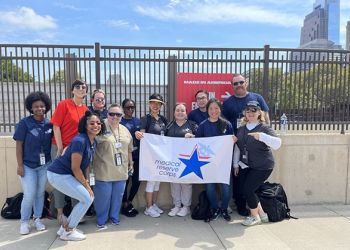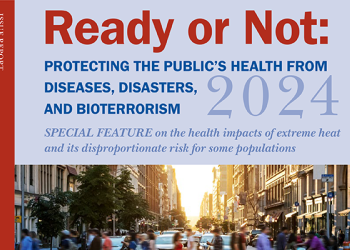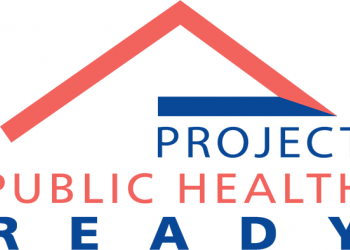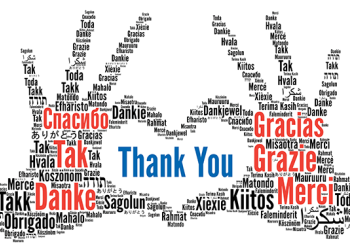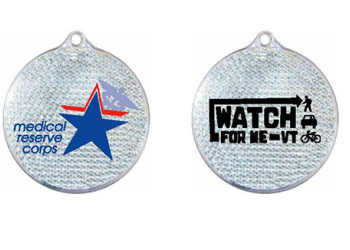You may have heard about Project Public Health Ready (PPHR) in passing from colleagues over the years. But what exactly is the program about?
PPHR is a criteria-based training and recognition program created through a cooperate agreement between the National Association of County and City Health Officials (NACCHO) and Centers for Disease Control and Prevention (CDC) to help local health departments (LHDs) build their preparedness capacity through a continuous quality improvement. That’s a lot to digest, so let’s break it down. Here are five things to know about PPHR:
- PPHR is competency-based
The PPHR criteria is updated regularly to align with federal guidelines and national initiatives, including the CDC Public Health Emergency Preparedness capabilities, Public Health Accreditation Board Standards and Measures, Operational Readiness Review, and Homeland Security Exercise and Evaluation Program.
- Participating in the PPHR program provides ample training opportunities for LHD staff
To achieve recognition status, participants must meet a certain percentage of the PPHR criteria. The criteria covers everything from a creating and implementing an all-hazards preparedness plan, completing a training needs assessment, maintaining a workforce development plan, and demonstrating readiness through an exercise/drill or through a real event. PPHR applications are assessed by subject matter experts, who review every detail of an agency’s plans and decide whether or not the criteria has been sufficiently met.
- PPHR was originally funded by a cooperative agreement with CDC
PPHR was established in 2002 with funding from a cooperative agreement from CDC. Today, it is funded through CDC Division of State and Local Readiness. More than 500 jurisdictions in 29 states are covered by a current or former PPHR-recognized agency. Check out our map to see if your jurisdiction is covered!
- PPHR helps agencies build preparedness capacity
The PPHR application serves as a public health preparedness framework to help agencies build out their plans. At the end of the program, LHDs will have a functional all-hazards plan, improved preparedness capabilities, and stronger partnerships with local, state, and federal partners, all of which improves an agency’s ability to respond to emergencies.
- PPHR employs a continuous quality improvement (CQI) model
Each of PPHR’s goals and criteria elements go hand-in-hand; an agency’s workforce development plan should inform their exercise plans, which in turn should inform their all-hazards preparedness plan, and so on. The continuous quality improvement model is the idea that agencies should update their plans regularly. The process of applying for PPHR recognition prompts agencies to review of all the department’s emergency preparedness and response plans, programs, and tools. In reviewing these documents, agencies are able to identify gaps, address any discrepancies, and incorporate the changes into their work.
For more information about PPHR, visit our website at www.naccho.org/programs/public-health-preparedness/pphr or email the PPHR staff at [email protected].

